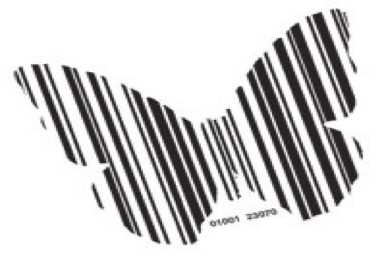Chapter 7 Summary

Do the results you obtained with this pipeline make sense? In a real scenario, you (as the owner of the dataset) are the one with the deepest knowledge of the data you are analysing, so it is upon you to answer this question. This answer needs to be inferred by gathering all the information you can on the samples. If the answer is ‘no,’ you can consider the following points.
Are there any missing taxa you know should be there? These taxa may be present but not being detected for a few reasons, first of all, are these represented in the taxonomic database you are using? If no, you should try a different approach. If they are, you can try with different taxonomic assignment methods. If this still does not work, you can change the method to pick up the representative sequence and/or the clustering at the earlier stages of the analysis.
The failure could be right at the beginning of the project design. It is worth checking if the PCR primers you are using can amplify these species. Are the primers known to impose bias on the mix of species you are amplifying? Are the primers unable to amplify some taxon? The literature may be able to help you on this topic.
We hope that this workflow will prove useful to you when you analyse your own research data. We have covered some of the key methods and considerations for analysing metabarcoding data. However, every project is different and you still need to think about what the most appropriate way might be for analysing your particular data. For a full and complete understanding, you should also read the original publication associated with each program.